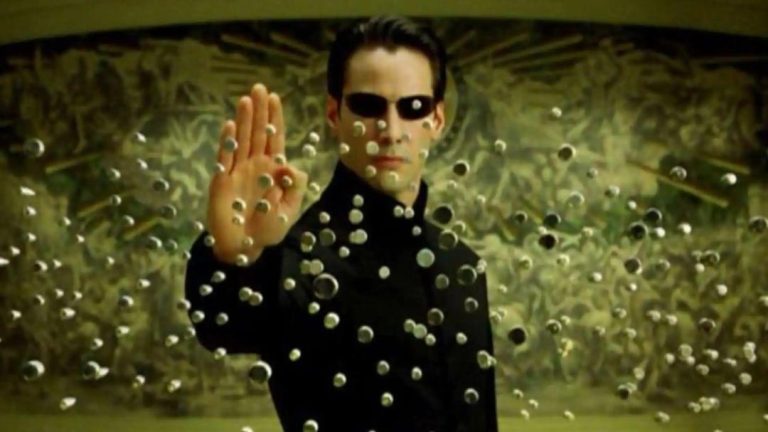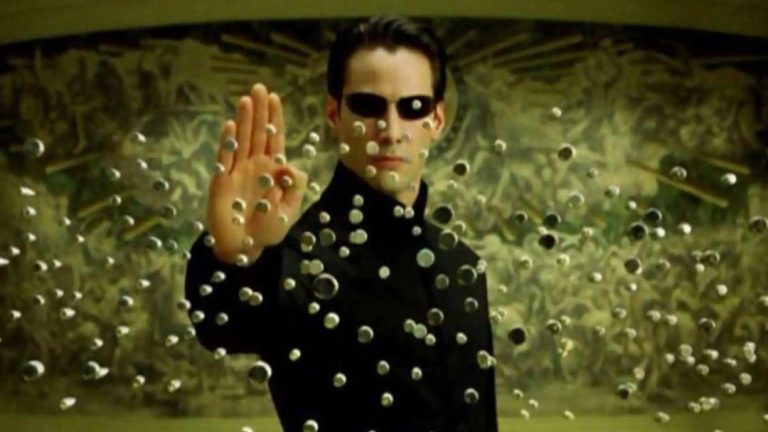
Cable TV Loses 5 Lakh Jobs as Digital Platforms Take Over
The Indian pay TV sector has been facing a significant crisis in recent years, with over 5 lakh jobs lost in the past seven years alone. This staggering figure is a direct result of the sharp decline in subscribers, driven by the rise of over-the-top (OTT) platforms, smart TVs, and free satellite services. The sector’s revenue has taken a massive hit, with a decline of 16% since 2019. This unprecedented crisis in the cable TV industry serves as a stark reminder of the urgent need for workforce upskilling and adaptation to a post-linear media landscape.
The decline of cable TV is not limited to India alone. The global TV viewer landscape is undergoing a significant shift, with viewers increasingly turning to digital platforms for their entertainment needs. The rise of streaming services such as Netflix, Amazon Prime, and Disney+ has disrupted the traditional TV viewing experience, offering users a wider range of content options and greater flexibility. In response, cable TV operators have struggled to adapt, leading to a significant decline in subscriptions and revenue.
The impact of this decline on the workforce has been devastating. According to a report by the Indian Broadcasting and Digital Foundation (IBDF), the pay TV sector has lost over 5 lakh jobs in the past seven years. This figure includes both direct and indirect job losses, with many employees being laid off or forced to take early retirement. The decline of the cable TV industry has also had a ripple effect on other related industries, such as advertising and content creation.
The decline of cable TV is not solely due to the rise of digital platforms. Other factors, such as the increasing popularity of free satellite services and the growth of smart TVs, have also played a significant role. Free satellite services, such as Tata Sky and Airtel Digital TV, offer users a range of channels at a lower cost than traditional cable TV. Smart TVs, on the other hand, have made it easier for users to access a wide range of content, including streaming services, without the need for a separate cable connection.
The decline of cable TV has significant implications for the entertainment industry as a whole. The industry is no longer driven by the traditional model of linear television, where viewers are forced to watch content at a specific time and on a specific channel. Instead, the rise of digital platforms has given viewers greater control over their viewing experience, allowing them to watch content at their convenience and on their preferred device.
In response to this shift, cable TV operators have been forced to adapt and innovate. Many operators are now offering their own streaming services, allowing users to access content online and on-demand. Others are focusing on providing exclusive content that can only be accessed through their platforms. However, these efforts have largely been unsuccessful, with many users continuing to turn to digital platforms for their entertainment needs.
The decline of cable TV has also had significant implications for the advertising industry. Traditional TV advertising, which was once the lifeblood of many companies, is no longer as effective as it once was. With viewers increasingly turning to digital platforms, advertisers are forced to adapt and find new ways to reach their target audience. The rise of digital advertising has created new opportunities for companies, but it has also created new challenges, as they struggle to navigate the complex and ever-changing landscape of online advertising.
In conclusion, the decline of cable TV is a significant crisis that has far-reaching implications for the entertainment industry as a whole. The loss of over 5 lakh jobs in the past seven years is a stark reminder of the urgent need for workforce upskilling and adaptation to a post-linear media landscape. While the rise of digital platforms has created new opportunities for companies, it has also created new challenges, as they struggle to adapt to a rapidly changing media landscape.
Source:
https://youtu.be/AMHTmYb_Hz8






